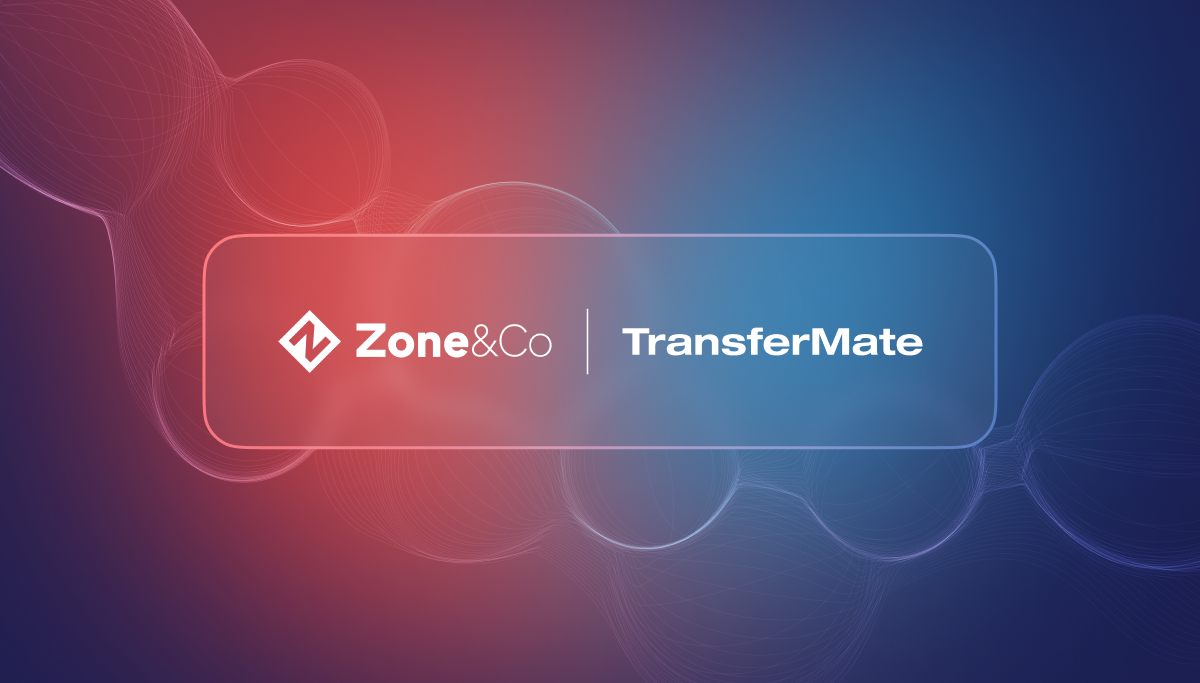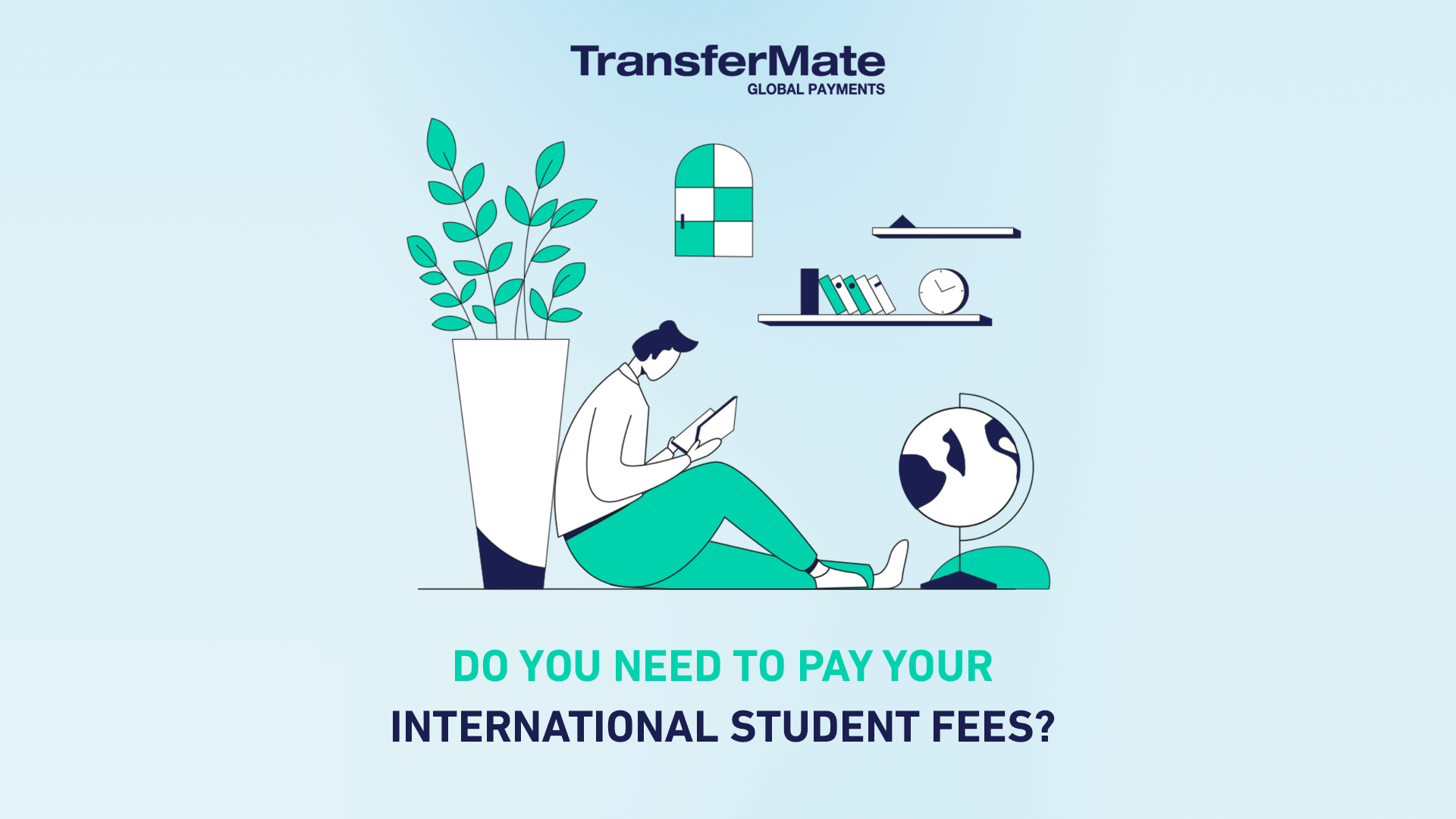The absurdity of the technological advances we’ve made can sometimes only hit you when you start complaining about them. Getting annoyed about the quality of Wi-Fi on a plane, for example, when you’re flying 30,000 feet above the Pacific Ocean is a reminder that 20 years ago most of the world’s population who could even access the internet were struggling with dial-up connections.
International payments are another area where we’ve advanced so far that customers have come to expect instant solutions and flawless execution. Thankfully, businesses today can – to a large degree – offer exactly this, providing they take certain steps.
By first identifying the friction points you face when making international B2B payments, and then leveraging modern methods and technology, businesses can make international payments as easy as transferring money between a customers’ own bank accounts.
Common types of friction points in global B2B payments

Friction points in international payments can be put into three buckets in terms of how they affect the business; time, cost and risk.
Time is the first problem to solve, particular when it comes to the customer experience. Domestic payments today are as near instant as we can expect. Sometimes when it’s a payment that involves two banks, it can take a day to come through, but often it is instantaneous. Customers have come to expect similar when making cross-border payments.
With international payments, the money can travel through several banks or third-party providers, often using different back-end systems, operating in different times zones and within fluctuating currency markets. This adds several friction points to the chain.
Cost is what businesses pay to address those friction points. At each point in the chain, the bank or third-party provider will take a cut, and that cut will generally be charged to the business making the payment. That cut may come in the form of a straight fee for receiving an international payment, or a transaction fee because of foreign currency exchange.
You may also be charged a fee if the payment fails for whatever reason, such as having incorrect details or if it’s flagged for potential fraud or money laundering.
It’s estimated that between 2% – 5% of all cross-border payments will be checked for compliance reasons.
Risk comes from those red flags that systems throw up because the cross-border payment has the potential to be fraudulent or being used as part of a money-laundering scheme. It’s estimated that between 2% – 5% of all cross-border payments will be checked for these reasons. As a result, friction points will emerge as payments are delayed, additional information has to be provided, and generally people need to get involved.
How to reduce friction points when making cross-border payments
The tactics and technologies to reduce friction when making international payments is available to all organizations, from SMEs to large enterprises, but it sometimes requires a mindset shift away from the traditional, comfortable methods of making payments.
1. A centralized and consolidate payments platform
The sourcing and paying of suppliers can become very ad hoc if adequate controls aren’t in place. Someone in the marketing department contacts finance to pay a supplier they need for a one-off conference, and finance cuts a check or pays on the company credit card. It’s easy in the moment, but detrimental in the long-term.
A process like this leads to a sprawling mass of payments coming from multiple points and going through multiple paths. Hard to track, hard to reconcile, and open to fraud.
The alternative to this is to use an integrated payment platform, which will both do the heavy lifting and keep track of all relevant information. An accounts payable and receivable digital platform means the finance team are only required to validate who the payment is for, how much it is, and when it should go. In the background, the platform will resolve the ‘how’ and ‘where’ to pay.
This leads to a centralized platform where all B2B payments can be made, reviewed, approved and reconciled easily. It eliminates multiple friction points for both the organization, and the customer or supplier.
Where this saves you: Time, Costs and Risk.
2. Proactive and Automated Compliance Procedures
A major pillar within these centralized platforms’ functionality will be automated compliance procedures. Payments that raise alerts – such as coming from new bank accounts, being sourced from a risky jurisdiction or breaching certain limits – should be automatically flagged to the organization to ensure they are legitimate.
Speed is a major part of any anti-fraud and money-laundering strategy, and automated systems are the first line of defense in this regard. After 72 hours of fraud occurring, the chances of recovering the money drops to 9%.
Before contracting with a partner, it’s also vital to know what their procedures are for updating their screening process. Criminals generally will push the envelope for what can be done, so your platform must do the same or else they may be able to circumvent the barriers that are in place.
Where this saves you: Risk
3. Automate the error solution process
Errors when making payments are inevitable. People will enter incorrect details, systems will fail to communicate appropriately, and sometimes a red flag for fraud will come up in error.
Through a centralized B2B payments platform with automated compliance procedures, combined with API integration, you’ll be able to automate at least some of the process when these errors do occur. The API integration is so crucial because these paths you require towards a solution needs flawless communication of the data between differing systems.
The value of cross-border payments is estimated to increase from almost $150 trillion in 2017 to over $250 trillion by 2027
Bank of England
Often, when an error occurs, it requires a human intervention to make a decision. By automating the likely decisions, a human has to make, you reduce the admin time and speed up the process considerably.
Where this saves you: Time.
4. A transparent payment system

One of the big headaches of the past was sending a payment off into the ether and waiting until it emerged on the other side. Depending on the chain it went through (and the cuts, commissions and exchange rates it was subject to along the way) the payment coming out the other side may not be the same as it was when it was sent.
This can lead to time being used on administration on both sides (leading to frustration) and additional payments being made to make up the shortfall (which are subject to all the same fees). This doesn’t include the support requests from suppliers wondering where the payment is while it is traveling through the chain.
Again, it is the centralized platform that can remove this uncertainty. Through modern solutions, payments can be tracked by all parties as it moves cross-borders, and the payment will arrive as it was sent due to locked-in exchange rates and transparent fees.
“Reality has truly caught up with expectation. Clients require full transparency of their payments from initiation to delivery with minimum friction. This can only be made possible by a solution that understands these points of friction and can automatically take steps to address them” said Andrew O’Garro, SVP Strategic Innovation at Axletree Solutions.
Where this saves you: Time and costs.
5. Self-service onboarding
An effective technique to remove friction when making international payments is to have a self-service onboarding portal, either within your centralized payments and receivables platform or linked to it. This allows customers and suppliers to enter their own data in the format required and provide the system with the ability to raise red flags when data has been entered incorrectly.
This will lead to pre-validated payments, which means that once the details have been entered and payments made, the next payment becomes much easier – very much like our personal banking when we’ve already set-up a payment to a person, it becomes a one-click process the next time.
While this all sounds simple enough, it often requires API integration in the back end, allowing different systems to talk to one another.
Where this saves you: Time.
Frictionless international B2B payments are here (with the right solution)
Technology usually has to catch up to customer expectations. A customer demands, a business invents, a market is made.
When it comes to cross-border B2B payments, fintech solutions are removing the friction when moving money around the world to meet these heightened customer expectations. They have done this by building the digital infrastructure required to both create new payment rails and keep them safe and partnering with the traditional banking system to build integrated solutions.
The exception to this frictionless experience is simply when people aren’t aware of the new market. They put up with the old, full-of-friction-experience, because they are unaware an alternative exists. For international payments, the alternative is here.
There will always be some points of friction in certain circumstances, however. Sending a payment into a country ravaged by war and corruption will throw up red flags in these systems – and rightly so – but even in these cases exceptions can be made with the right technology. At TransferMate, we‘ve worked with NGOs in exactly these sorts of situations, and where the money is needed quickly to save lives.
So, the next time you’re cursing the Wi-Fi on the plane, feel okay about it, because the future is decidedly here, and it’s the least we should expect.
If you want to learn how TransferMate can reduce or eliminate friction points in your international payments process, contact us today.





%20(1).png)


